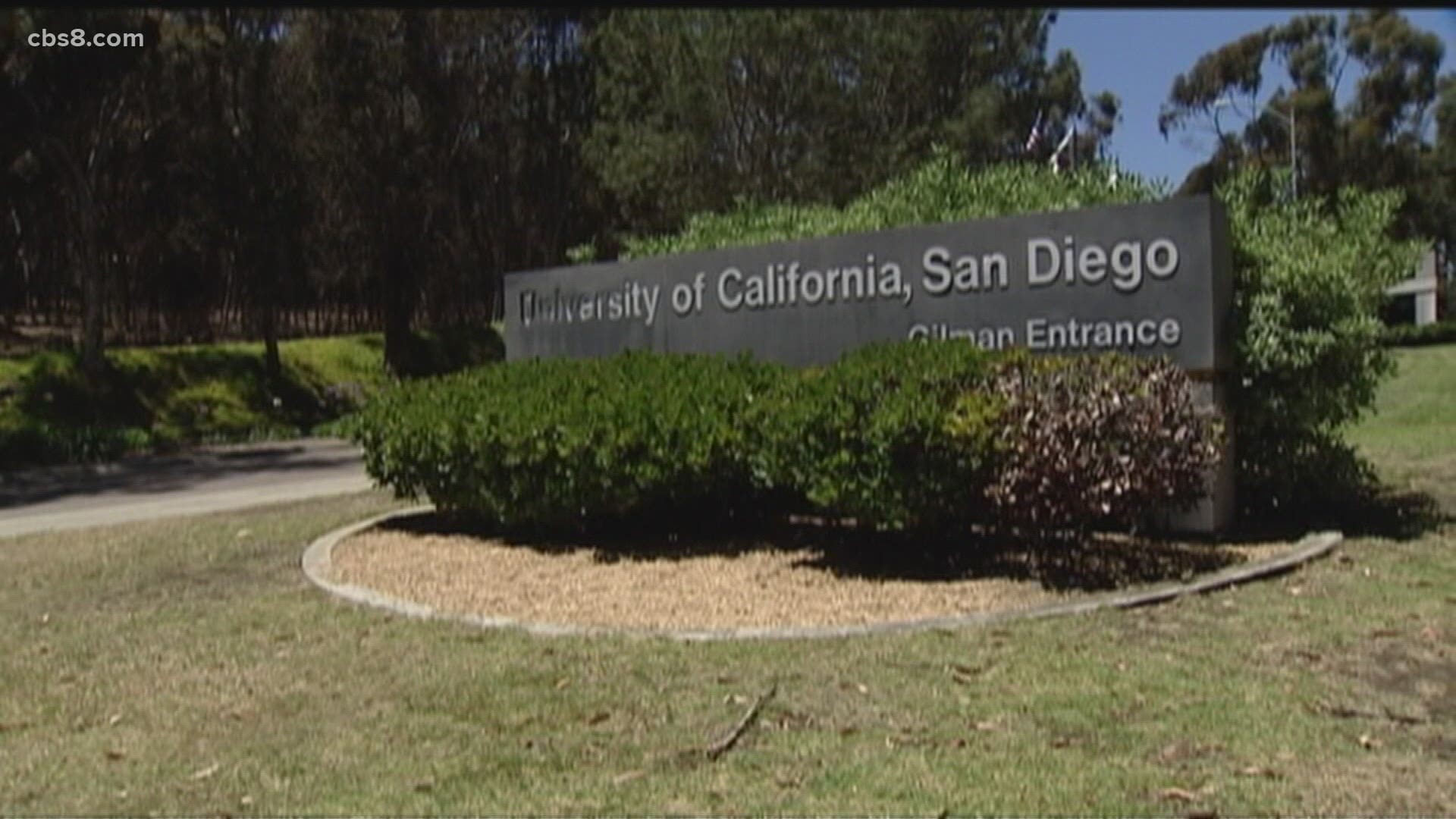SAN DIEGO COUNTY, Calif. — University of California-San Diego students begin virtual and in-person classes for the fall semester Monday. A number of safety precautions have been put in place to protect students and faculty from the spread of covid-19, according to the university.
The university delayed the start of the fall semester to review best practices and adjust it's Ready to Learn strategy.
Approximately 7,500 undergraduate students and 4,800 graduate students will live on campus - a 50% reduction in density. The university spread out arrivals over 10 days to encourage distancing. UC San Diego expects only 12% of classes will have in-person instruction. Classroom capacity will be capped at 25% with a maximum of 50 students.
Students who live on campus will be regularly tested for COVID-19. So far nine have tested positive this semester, according to the school's online dashboard. The university has spent the past few weeks drilling its response to a potential outbreak.
“When a specific case comes up we actually work with a university, its student health services and their planners, who are involved with their reopening plans, to immediately work to institute the public health precautions of isolation, quarantine and contact tracing,” said Eric McDonald, M.D., M.P.H., a deputy public health officer with the County of San Diego.
Earlier this month, the San Diego County Board of Supervisors tried to convince state health officials to exclude college students from the county’s case rate but were denied. Cases at SDSU helped push the county’s case rate above Tier 2 limits. As the rate of new cases slowed, San Diego narrowly avoided having further restrictions imposed by the state.
U.C. San Diego also has an exposure notification system up and running, which uses Bluetooth to keep track of people who may later test positive for the virus. If it works, it could be extended to more Californians.

